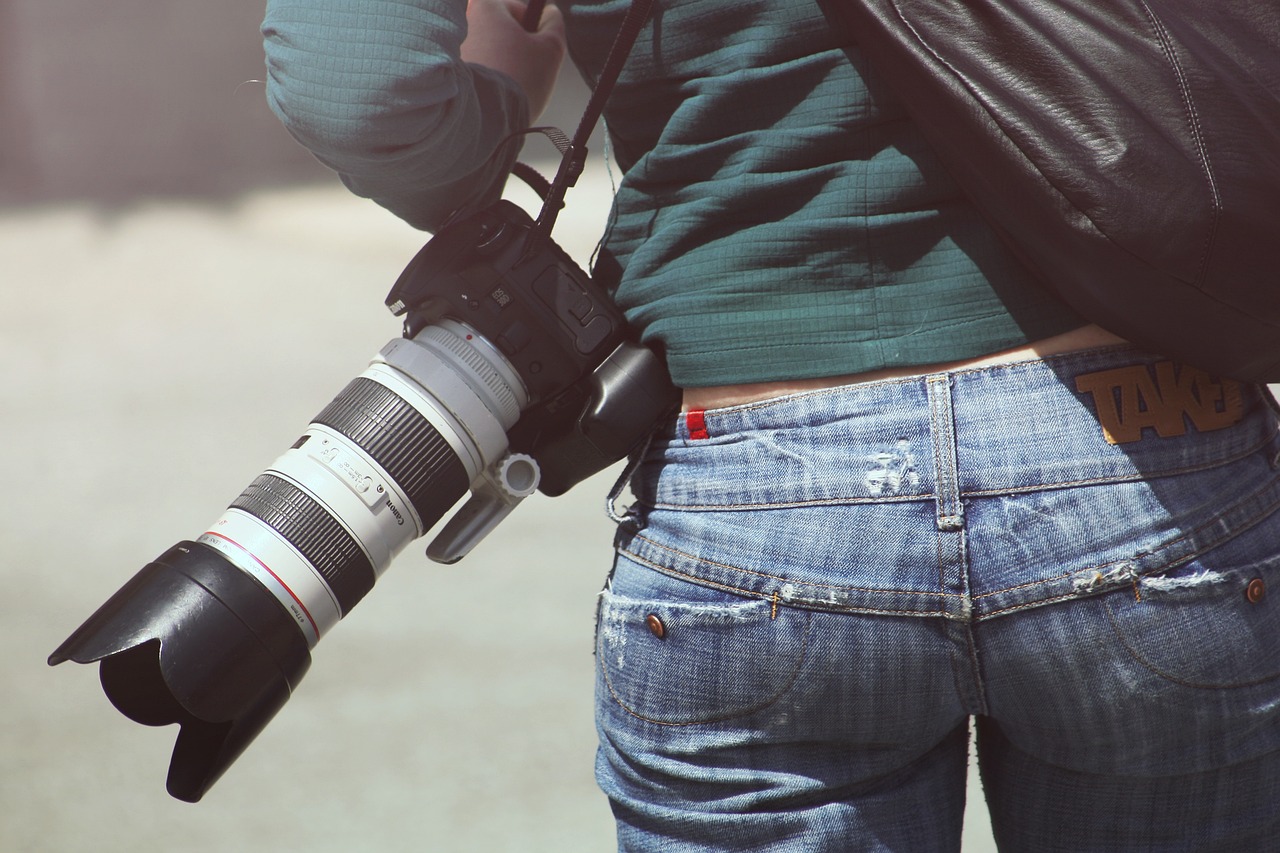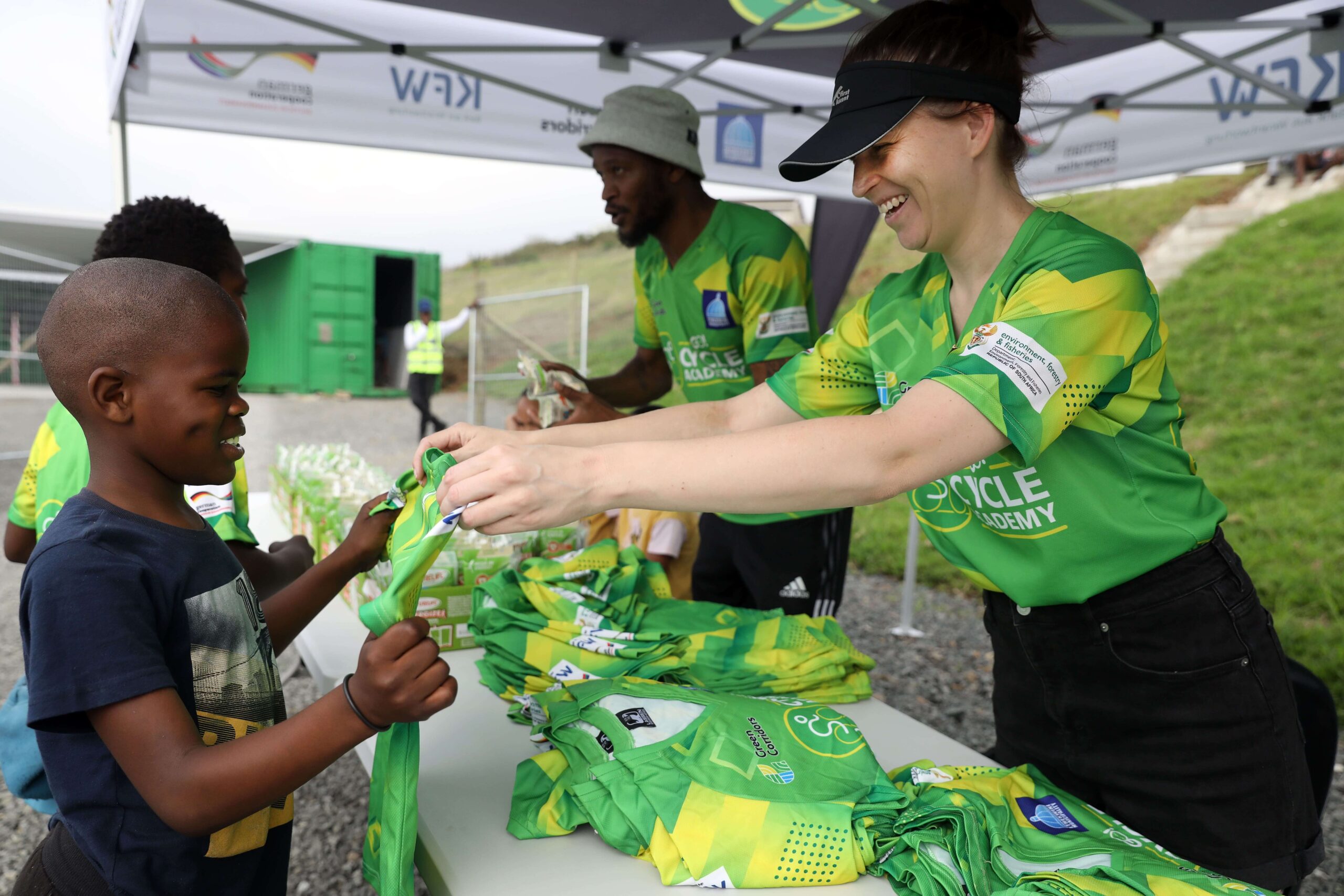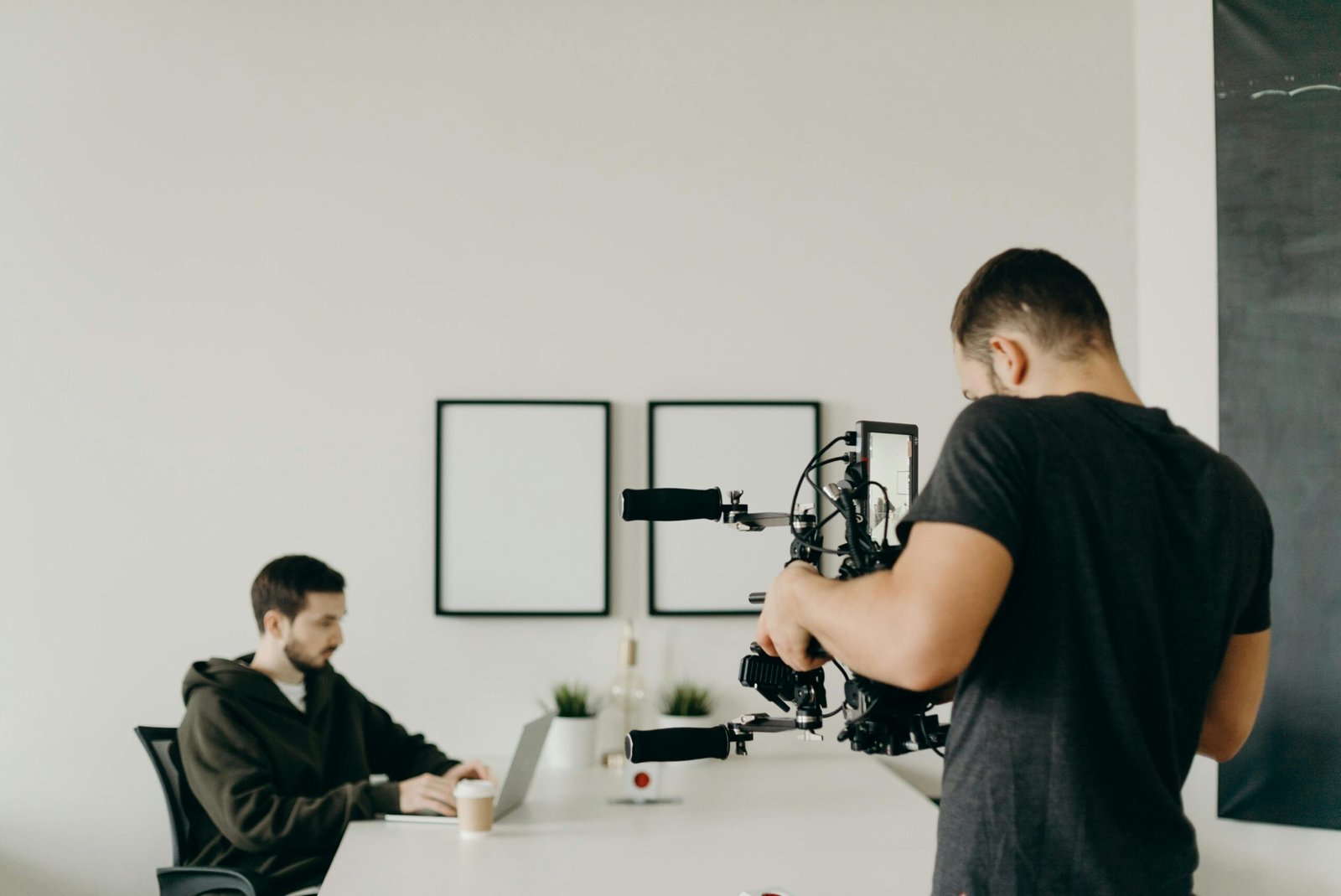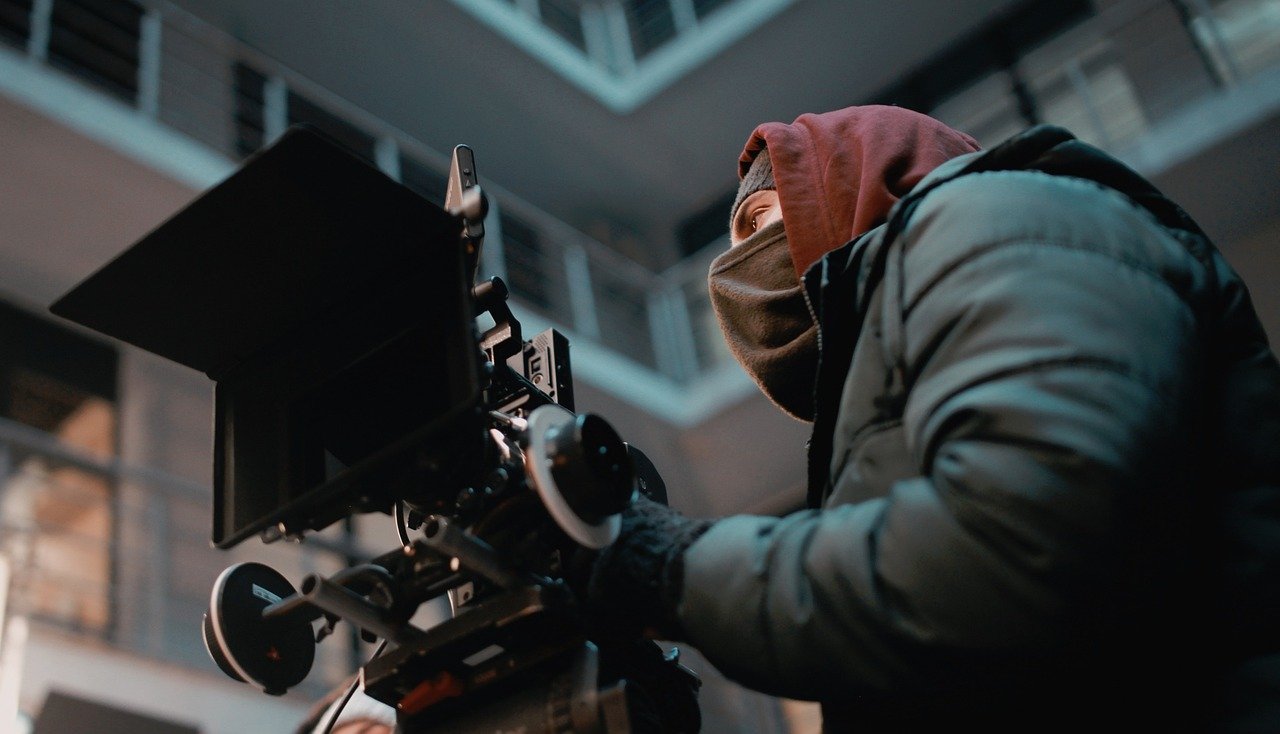Wedding Photography: Capturing Moments of Love and Joy Introduction Wedding photography is a cherished art…
Event Photography: Capturing Moments That Last a Lifetime
Introduction
When it comes to preserving memories, few things are as powerful as photography. And when it comes to capturing the essence and atmosphere of a special event, event photography takes center stage. In this article, we will delve into the world of event photography, exploring its importance, techniques, and tips to ensure you can immortalize every cherished moment. Whether you’re a professional photographer or an amateur enthusiast, this guide will equip you with the knowledge to excel in event photography.
1. The Significance of Event Photography

Event photography plays a crucial role in preserving memories and immortalizing special occasions. Whether it’s a wedding, corporate event, concert, or family gathering, photographs allow us to revisit those moments years later, reliving the emotions and experiences. Event photographers are skilled professionals who capture candid shots, interactions, and key moments, ensuring that no detail is missed.
2. Essential Equipment for Event Photography

To excel in event photography, you need the right equipment. A high-quality DSLR or mirrorless camera with interchangeable lenses is a must-have. Additionally, invest in a range of lenses, including a wide-angle lens for capturing the venue and a zoom lens for close-up shots. Other essentials include a sturdy tripod, external flash, extra batteries, memory cards, and a camera bag to keep everything organized.
3. Understanding Lighting and Composition

Lighting and composition are crucial elements in event photography. Familiarize yourself with different lighting conditions and learn to adapt to each situation. Utilize natural light whenever possible, but be prepared to use artificial lighting techniques, such as off-camera flash, to ensure well-exposed and captivating images. Composition-wise, follow the rule of thirds, experiment with angles, and pay attention to framing and leading lines.
4. Mastering Candid Shots
Candid shots capture the genuine emotions and interactions at an event. To master candid photography, blend into the background and observe your subjects closely. Anticipate moments of laughter, joy, and surprise, and be ready to capture them discreetly. Avoid using the flash in candid situations, as it can disrupt the atmosphere. Instead, rely on available light or use a fast lens with a wide aperture.
5. Posing Techniques for Group Photos

Group photos are a common part of event photography. To create visually appealing group shots, ensure everyone is visible and well-positioned. Guide your subjects by suggesting poses or arranging them in a way that creates balance and symmetry. Experiment with different formations, heights, and perspectives to add variety to your group photos.
6. Capturing Emotions and Interactions
One of the key aspects of event photography is capturing emotions and interactions. Be observant and ready to press the shutter button when genuine moments unfold. Focus on facial expressions, laughter, tears, and hugs. These emotional connections tell a story and bring the photographs to life, allowing viewers to experience the event as if they were there.
7. Anticipating Key Moments
In event photography, being able to anticipate key moments is essential. Familiarize yourself with the event schedule and the flow of activities. Pay attention to important speeches, exchange of vows, or surprise moments that might occur. By being proactive and prepared, you can position yourself in the right place at the right time, ensuring you capture these significant moments.
8. Post-Processing and Editing Tips

Post-processing and editing are vital to enhance your event photographs. Use software like Adobe Lightroom or Capture One to adjust exposure, color balance, and sharpness. Avoid excessive editing, as it can make images look unnatural. Aim for a consistent editing style that reflects the atmosphere of the event and brings out the best in your photographs.
9. Managing Workflow and Delivering Photos
Efficient workflow management is crucial in event photography, especially when dealing with a large number of photos. Create a system for organizing and backing up your images. Use software or online platforms to streamline the delivery of photos to clients. Prioritize quality over quantity, selecting and editing the best shots to ensure a polished and professional final result.
10. Building a Successful Event Photography Business

If you aspire to turn your event photography passion into a business, focus on building a strong foundation. Define your niche, create a portfolio, and establish an online presence through a website and social media platforms. Develop excellent communication and customer service skills to attract and retain clients. Collaborate with event planners or other industry professionals to expand your network.
11. Overcoming Challenges and Problem-Solving
Event photography comes with its fair share of challenges. From difficult lighting conditions to uncooperative subjects, being prepared to overcome obstacles is essential. Carry backup equipment, anticipate potential issues, and stay calm under pressure. Adaptability and problem-solving skills are valuable assets that will help you navigate any situation and deliver exceptional results.
12. Networking and Marketing Strategies

Networking and marketing play a vital role in expanding your reach as an event photographer. Attend industry events, join photography associations, and connect with other professionals in your field. Create a strong online presence through social media and engage with your audience regularly. Word-of-mouth referrals and positive testimonials can significantly contribute to the growth of your business.
13. Staying Professional and Adaptable
Maintaining a professional approach is crucial in event photography. Dress appropriately for each event, be punctual, and communicate clearly with clients and event organizers. Adaptability is also key, as events can often have unexpected changes or challenges. Being flexible and accommodating will help you build a positive reputation and establish long-lasting relationships with clients.
14. The Future of Event Photography

The field of event photography is ever-evolving. With advancements in technology, such as mirrorless cameras and artificial intelligence, new possibilities are emerging. Virtual reality and live streaming are transforming how events are captured and experienced. Staying updated with the latest trends and embracing innovation will ensure you remain at the forefront of event photography.
15. Conclusion
Event photography is an art that allows us to freeze time and cherish precious moments. By following the techniques, tips, and strategies discussed in this article, you can elevate your event photography skills and create captivating images that will be treasured for a lifetime. Remember to embrace the challenges, adapt to different environments, and always strive for excellence in your craft. With dedication and passion, event photography can become a rewarding and fulfilling career.
FAQs
1. How much does event photography cost? The cost of event photography varies depending on factors such as the duration of the event, the photographer’s experience, and additional services requested. It’s best to contact a professional event photographer to discuss your specific requirements and get an accurate quote.
2. Can I use my smartphone for event photography? While smartphones have improved in terms of camera quality, they may not offer the same level of control and versatility as a dedicated DSLR or mirrorless camera. For professional event photography, it’s recommended to invest in a high-quality camera and lenses.
3. How long does it take to receive the edited event photos? The turnaround time for edited event photos can vary depending on the photographer’s workload and the number of images to be processed. It’s advisable to discuss the timeline with your photographer in advance to manage expectations.
4. Can event photographers capture both indoor and outdoor events? Yes, professional event photographers are skilled in adapting to different environments and lighting conditions. They have the necessary equipment and expertise to capture stunning images both indoors and outdoors.
5. What rights do I have to the event photos? The rights to event photos are typically negotiated between the client and the photographer. It’s essential to discuss usage rights and licensing agreements before hiring a photographer to avoid any misunderstandings in the future.




